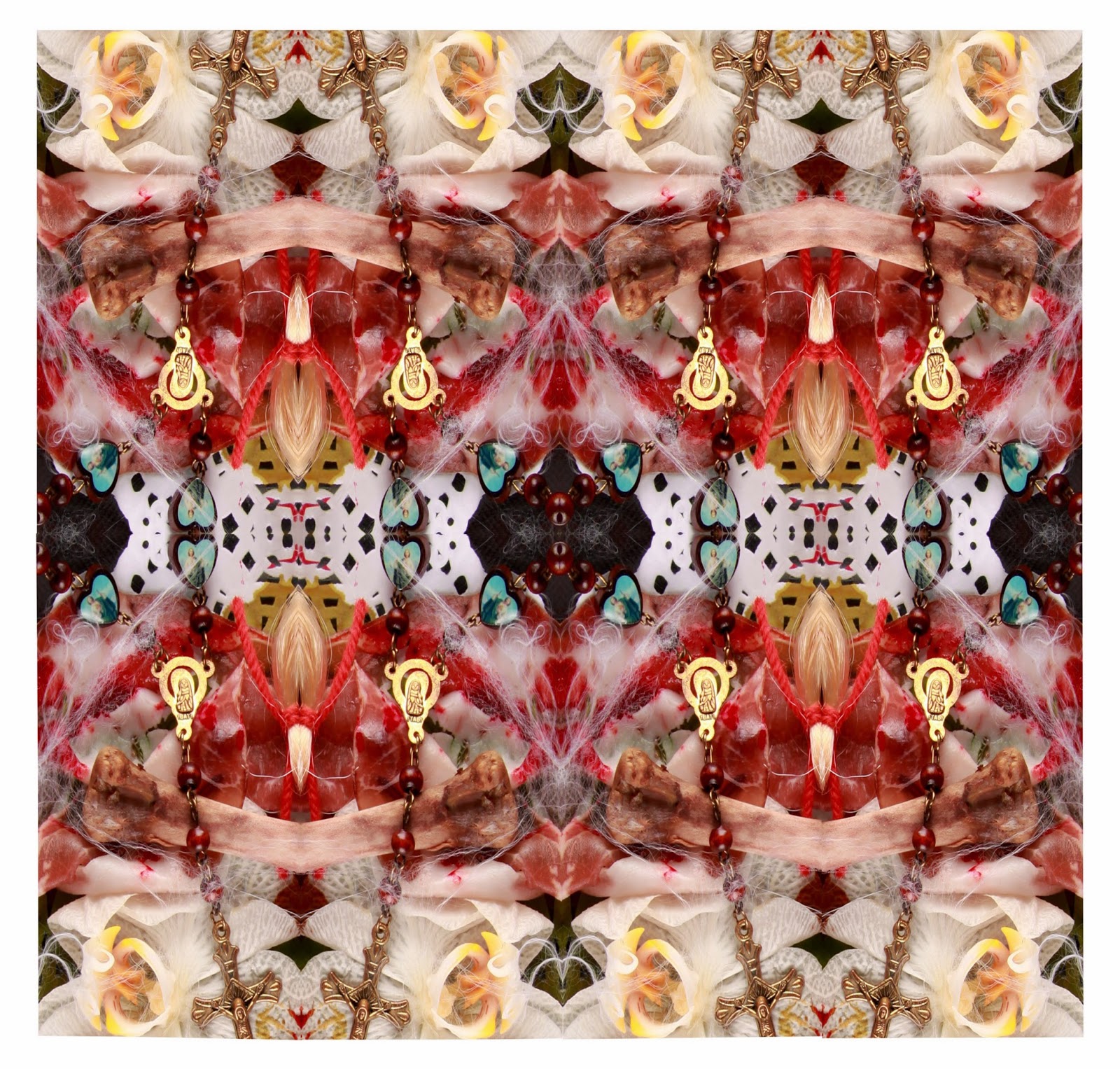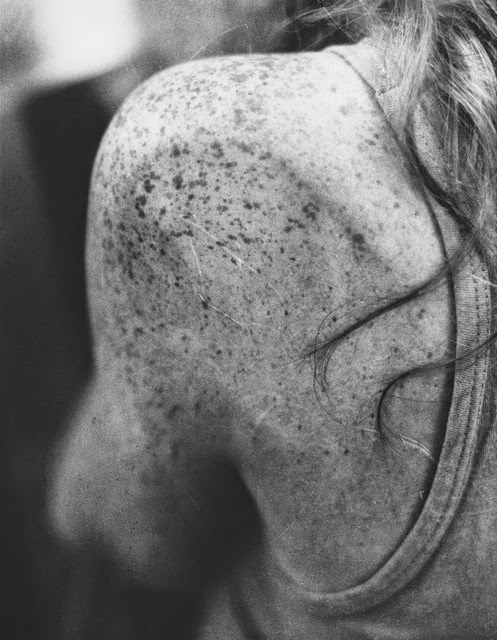I hunted out this amazing gallery in a little street in
Shoreditch. Shabby on the outside, cool and luxurious on the inside!
It was a presentation of the best recent graduate and post
graduate U.K artists.
I thought it was important to see what ‘cutting edge artists’
were up to.
Immediately, as I walked in, I was impressed by a large man
in a suit at the door. I was a bit intimidated and expected him to ask me for
my invitation, but he just handed me a beautiful blue book and a leaflet. What
I thought was a book was in fact the beautifully textured deep blue sleeve of
the ‘2014 Guide’ to the 40 artists inside. I felt like an expensive special edition
record sleve.
As I walked into the exhibition space, I could feel how the
setting, lighting, ceiling height- (very high) and textural finishes (Concrete,
wax, velvet, retro wallpaper) all added a great deal to the experiencing of the
art on display. The ‘Mise-en-scene’ had been carefully and intricately planned
and created. The venue alone is an experience.
Neil Raitt
The winner this year is Neil Raitt whose work brings back
memories of the ‘Sea House’ we rented as a family on the Isle of Sheppey.
Although it was almost on a beach made up entirely of pink and orange shells
with the muddy Medway beyond, the wallpaper was of alpine scenes! It always smelled damp too!
Raitt (2014)
Alpine 3
Raitt (2014) Magic Tree
Neil’s work is painted repetitions of mountain ranges, some
with a lone pine tree, some with great forests of them. They become overwhelming in their repeated pattern. He
has set them on a trellis-patterned wallpaper, which increases the layers of
repeated pattern.
What Neil is doing is reversing the idea of mass produced art. he is making something that looks like printed wall paper, but it is delightfully subversive up close, when you realise every mark is hand-made.
This puts his work at the forefront.
The effect is mesmerising and each image draws you in for a
closer look. There is a sense of duality in the micro/macro close/distant view of the images.
Although the idea is a simple one, they are painted so carefully, that the
effect is hypnotic. On first glance they are amusing and calming in their repetition, but close up you see the brush strokes and appreciate the skill involved.
I hope to create this kind of mesmeric, hypnotic effect with
my final pieces.



















